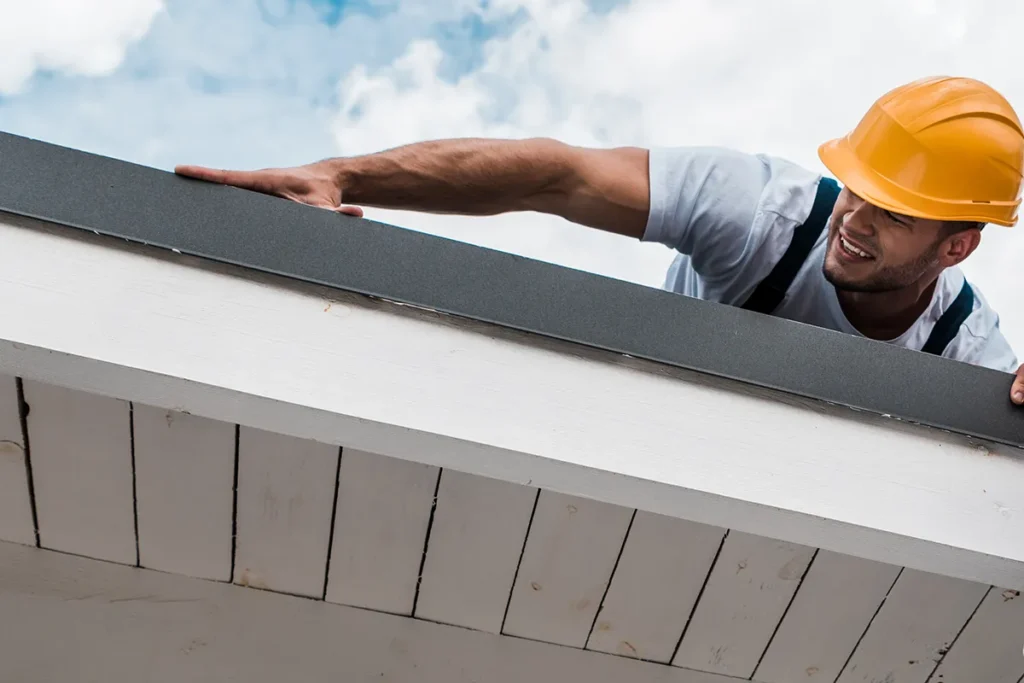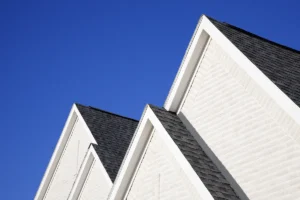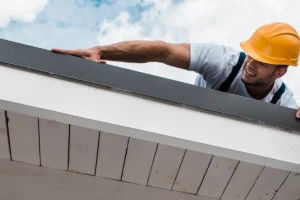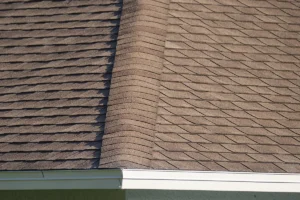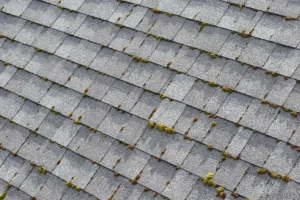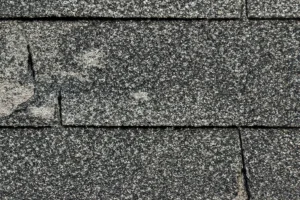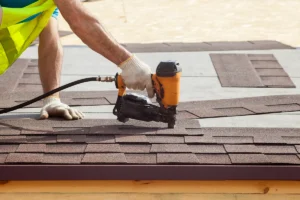How Often Should You Have Your Roof Inspected?
Regular roof inspections are essential for maintaining the health and longevity of your home. Knowing how often to schedule these inspections can prevent minor issues from turning into costly repairs. Here’s a concise guide on the ideal frequency for roof inspections and why they matter.
Why Regular Roof Inspections Are Important?
Your roof is constantly exposed to the elements, making it vulnerable to wear and tear. Regular inspections can help identify:
– Leaks and water damage: Early detection can prevent mold growth and structural damage.
– Shingle damage: Cracked, curling, or missing shingles can lead to more significant issues if not addressed promptly.
– Gutter and drainage issues: Ensuring your gutters and downspouts are clear helps prevent water buildup and damage.
– Structural problems: Regular checks can reveal issues with the roof’s structure, such as sagging or weak spots.
Recommended Inspection Frequency
1. Biannual Inspections:
– Spring: Inspect your roof in the spring to assess any damage caused by winter weather, such as snow, ice, and wind.
– Fall: Conduct another inspection in the fall to prepare your roof for the upcoming winter, ensuring it can withstand harsh conditions.
2. After Major Weather Events:
– Severe storms, heavy winds, hail, or significant snowfall can all cause unexpected damage to your roof. It’s crucial to inspect your roof after such events to address any immediate issues.
3. Before and After Major Projects:
– If you’re planning significant home improvements, such as installing solar panels or skylights, inspect your roof before and after the project to ensure it remains in good condition.
Professional vs. DIY Inspections
– Professional Inspections: Hiring a certified roofing contractor is highly recommended for thorough inspections. Professionals have the expertise to identify issues that might be missed by an untrained eye.
– DIY Inspections: While professional inspections are ideal, performing your own visual inspections can help you catch obvious problems early. Look for visible signs of damage, such as missing shingles, sagging areas, and debris buildup in gutters.
Signs It’s Time for an Inspection
– Visible Damage: Missing, cracked, or curled shingles, as well as granules in gutters.
– Interior Leaks: Water stains on ceilings or walls.
– Sagging: Any areas of your roof that appear to sag or dip.
– Age: If your roof is over 20 years old, more frequent inspections may be necessary.
Conclusion
Regular roof inspections are a proactive way to protect your home and ensure your roof’s longevity. By scheduling biannual inspections and checking your roof after major weather events, you can catch potential issues early and avoid costly repairs. Whether you opt for professional help or perform DIY checks, staying vigilant about your roof’s condition is key to maintaining a safe and comfortable home.

